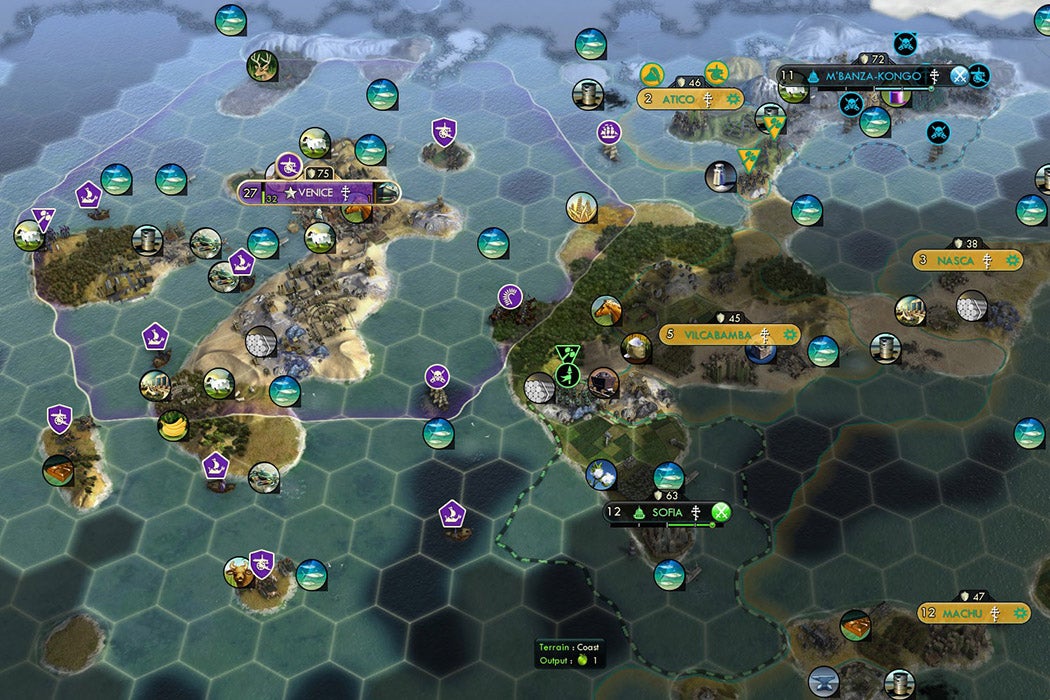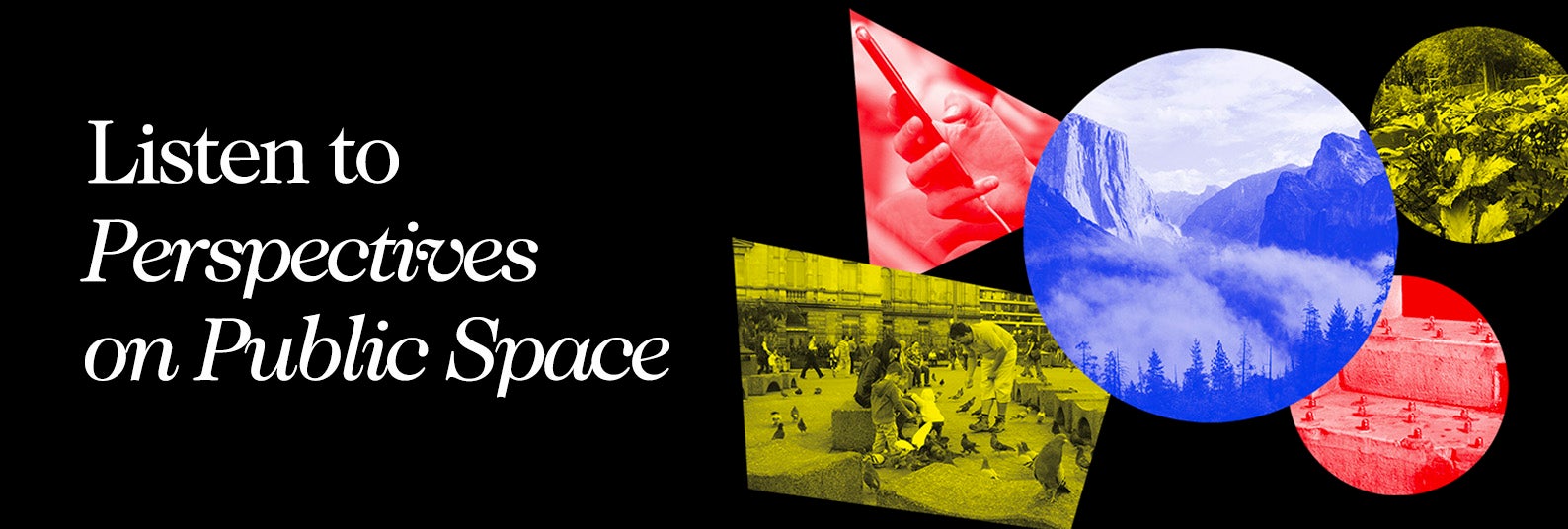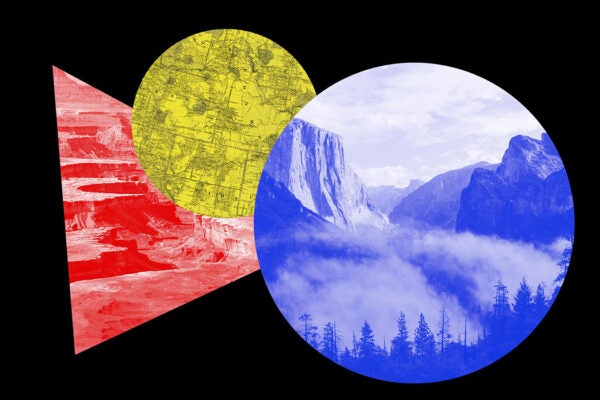Since 1991, the video game Civilization, now in its seventh installment, has become one of the most successful game franchises ever. That means millions of kids have grown up with Civ as one of their formative ways of thinking about history. Historian—and gamer—John Majewski looks at what that might mean for their understanding of the past.
In the game, players choose to play as a “civilization” from one of many times and places in history— Romans, Americans, Zulus, Sioux, and so on. They use military power, technological progress, and cultural achievements to try to rise from an initial small settlement to a global superpower.
Majewski makes clear that most players think a lot more about in-game strategy than the game’s relevance to actual history. But some of those who do make connections to the real world say that playing Civilization at a young age got them interested in studying the past.
That could be seen as a problem. Some critics note that the game offers a flawed and limited model of how history works. By dividing the world’s population into fixed political groupings and having a civilization’s choices made by a single leader, it underplays dynamics like migration, social movements, and cultural exchange. For example, Majewski writes, “The game conceptualizes political systems as technologies…that a player consciously discovers, so there is little sense of social struggle to bring about rights and democracy.”
However, some players, including some history teachers, have found that Civ helps students think about how human agency intersects with other factors like accidents of geography to create specific outcomes. Researchers who used the game with a majority-Black and Latino group of high school students found that they were particularly interested in scenarios in which African or American civilizations colonized Europe.
More to Explore
Neocolonial Minecraft
“These attempts to rewrite history led students to theorize about the key variables influencing historical outcomes,” Majewski writes.
And, despite employing a narrow vision of economic and technological progress to allow players to “win” history, the game’s inclusion of cultures from around the world encourages some players to learn more about African, Asian, and South American history that’s frequently given little time in US high schools. Players can use the “Civilopedia” feature to read about the real historical context of game elements.
Weekly Newsletter
One Cree player wrote that he was excited to see the nineteenth-century chief Poundmaker alongside Genghis Khan and Alexander the Great. At the same time, some modern Cree leaders were critical of the inclusion of their society as an interchangeable civilization with the same expansionist values as European colonizers.
Majewski argues that, for some players, noting and debating the political subtext of different elements of Civilization—such as game mechanics involving genocide, forced religious conversion, and nuclear attacks—can be a jumping-off point for learning more.
“The meta-criticism of a beloved game…suggests how problematic historical content can promote, in unintended ways, deeper historical understanding,” Majewski writes.
Support JSTOR Daily! Join our membership program on Patreon today.








